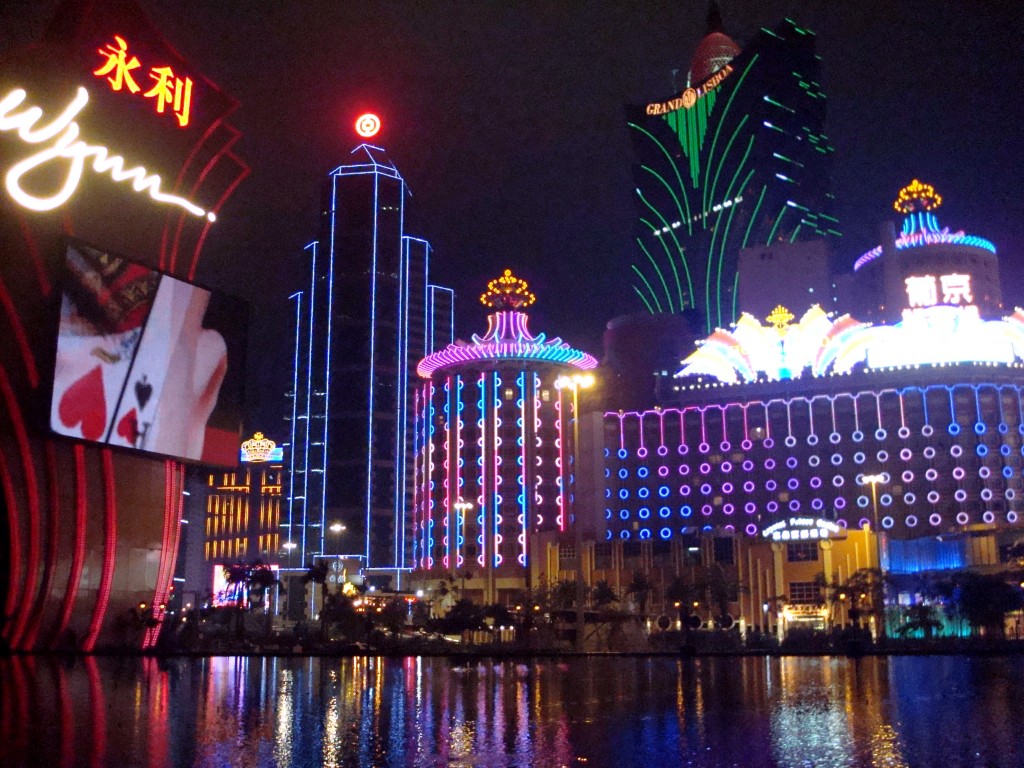The gaming at Las Vegas Strip peaked in 2007 with revenues of $6.83 billion. However, the figure declined to $5.55 billion in 2009. This can be attributed to the economic recession and consequent fall in consumer discretionary spending. The casino industry at the Strip was worst hit by the economic slowdown and it has still been unable to reach the pre-recession levels. Gaming in the region started to rebound since 2010 and the revenues grew to $6.50 billion in 2013. While this has led to a steady revenue growth for casino operators such as Wynn Resorts, Las Vegas Sands and MGM Resorts, the industry is experiencing change. We wonder if the Strip can see any significant growth in the coming years as other states have legalized the casinos, providing gamblers with plenty of alternatives. On the other hand, Macau has seen a rapid growth in gaming over the past few years and we believe it will continue to drive growth for casino operators in the coming years. Also, Japan could offer a big opportunity for the casino operators to expand in East Asia. On that note, we discuss below these three markets from gaming prospective and how is Wynn is expanding its casino operations.
Slower Growth At The Las Vegas Strip Gaming Market
Las Vegas Sands has two propertieson the Strip, The Venetian Las Vegas and The Palazzo. The casinos have a combined gaming space of 225,000 square feet. The casino revenues from these properties have increased from $431 million in 2011 to $584 million in 2013. Wynn Resorts also operates two properties in the region, Wynn Las Vegas Resort and Encore. These properties have 230 table games and 1,854 slot machines in 184,000 square feet of gaming area. The company’s Las Vegas casino revenues have increased from $534 million in 2010 to $683 million in 2013.
Looking at MGM Resorts, it operates 15 owned resorts in the U.S. The company offers more than 22,000 slots and 1,000 gaming tables in the region (excluding the slots and tables in JVs). Like other casino operators, MGM has also seen similar growth over the past few years with revenues increasing from $2.48 billion in 2010 to $2.60 billion in 2013.
However, the growth rate at the Las Vegas Strip has been much lower than the world’s largest gambling hub, Macau, which has seen gaming revenues increasing from $24 billion in 2010 to $44 billion in 2014. Las Vegas Sands and MGM have also seen their Macau casino revenues double over the past few years.
There are various reasons why Las Vegas Strip witnessed a slow growth over the past few years. As disposable income declined during the economic crisis, it hit the Strip harder. Meanwhile, other states legalized casinos, which further weighed over the casinos in Nevada. For instance, Pennsylvania legalized table games like poker and blackjack at casinos in a move to generate higher revenues. Similarly, the Delaware senate also passed a bill to allow table games. This had an adverse effect on the number of tourists visiting Las Vegas for gaming activities and we believe this trend will continue in the coming years. Thus, it does not make much sense for these three casino operators to expand in Nevada and accordingly they are bidding to build casinos in other states.
In September 2014, Wynn won the bid to build a casino resort just outside Boston. The company will build a $1.6 billion resort, which is expected to open in late 2017. Massachusetts Gaming Commission picked Wynn over Mohegan Sun primarily due to better paying jobs and Wynn’s plan to clean up the former industrial land at the development site. This is the third gaming license issued by the MGC. Earlier, it approved MGM’s casino in Springfield, and a Penn National Gaming slots parlor near the Rhode Island border. Wynn plans to develop an integrated casino resort at the 37-acre site on the Mystic River. The resort will comprise of a 500 luxury-room hotel, 140,000 square feet of retail space, eight restaurants, a 12,000 square feet nightclub, a five star spa, 150 table games and 3,000 slot machines.
